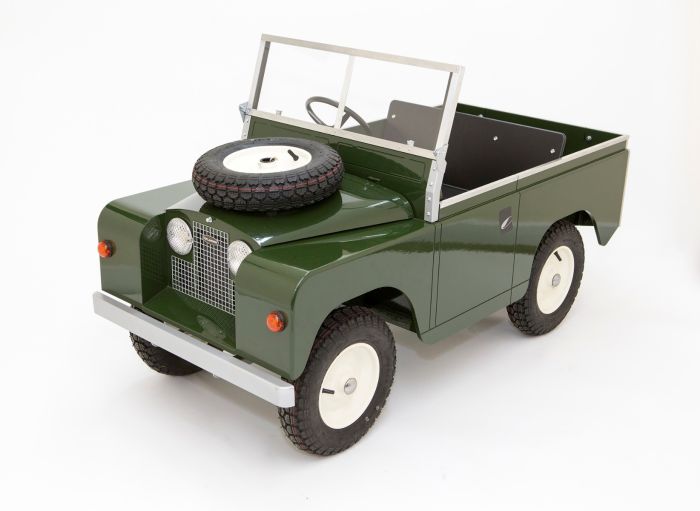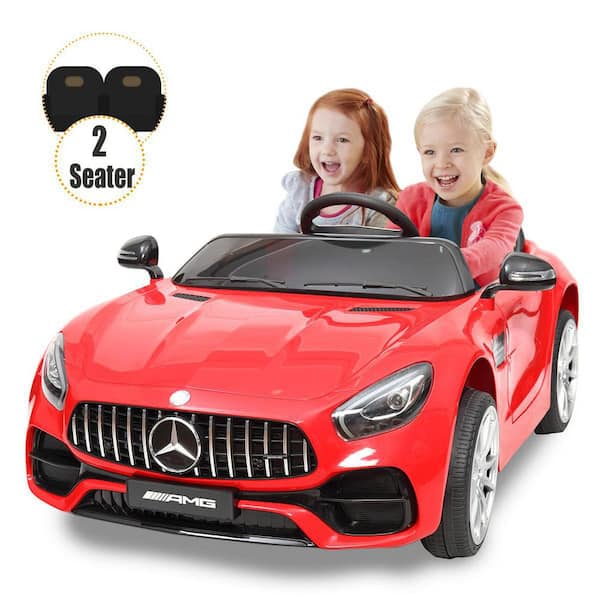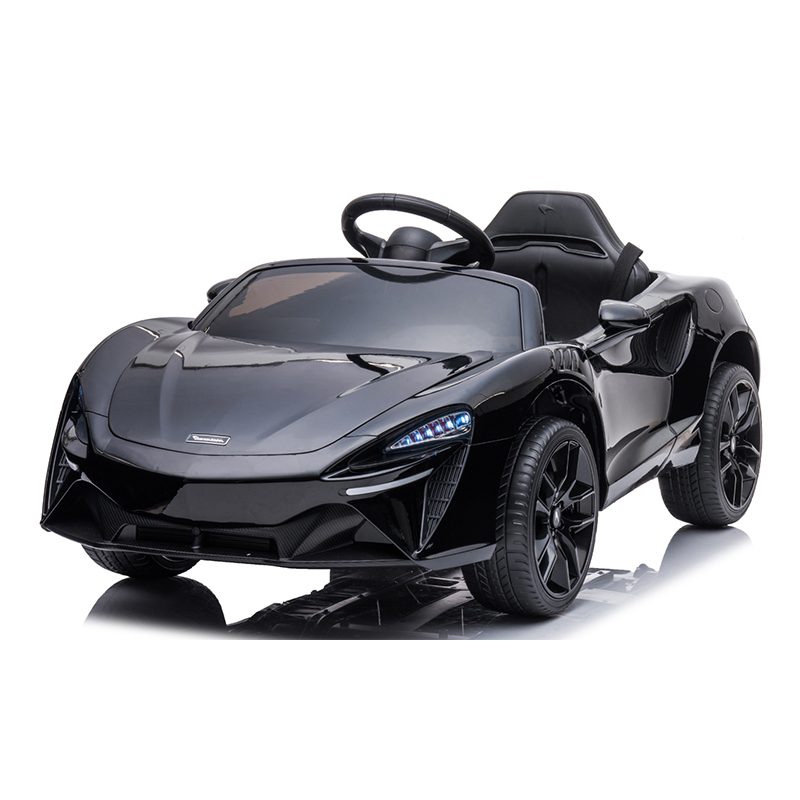Handy Ideas On Deciding On Kids Ride On Cars
Handy Ideas On Deciding On Kids Ride On Cars
Blog Article
How Should You Choose The Best Ride-On Car For A Toddler Or Older Child?
When considering ride-on cars for kids, it's important to take into account their age, size, and developmental stage in order to make sure that the car is secure, suitable and enjoyable for them. The following factors must be taken into consideration:
Find cars specifically for toddlers aged 1-3. These cars are usually very low to the ground, are easy to operate and have simple features such as steering wheels or buttons. Select ride-ons with a large base to ensure stability and low risk of tipping.
Older Children (3plus years) - As your child grows older is expected to be able operate more advanced vehicles with additional options and control. Consider buying cars with adjustable seating, greater capacity for weight, or with interactive features, such as music, sound effects or working lights. It is recommended to look for ride-ons that permit you to change the speed or parental controls to guarantee safety and allow for different levels of skill.
Size -
Weight and Height - When choosing a ride-on car, be aware of the height of your child and their weight. Select a ride-on vehicle with an appropriate seat for the child's weight and height. Avoid cars that are either too small or too large, as they may be uncomfortable or unsafe to ride.
Comfort and Legroom: Ensure that your child can sit comfortably and has sufficient legroom on the ride-on. Be sure to check the dimensions of the car, and ensure it's appropriate for your child's.
The Developmental Stage
Motor Skills - Consider your child's motor abilities and coordination abilities when choosing the right ride-on vehicle. The controls for toddlers are less complicated and they might not be able to handle the more intricate features and controls.
Confidence and Independence. A ride-on car can assist to build independence and confidence as children master the ability how to steer and control the car. Pick a car that will enable your child to learn how to steer, accelerate and brake independently. This will help build their motor skills and confidence over time.
Engagement and Interest - Take into account your child's interests and preferences when selecting a ride-on car. Choose a ride-on car with themes, colours or features that appeal to your child whether it's a classic truck, sports car or themed character vehicles.
If you take into consideration your child's age, size, as well as their developmental stage, then choose a vehicle that is fun and comfortable as well as safe. Your child will have hours of fun as they explore. Have a look at the most popular McLaren kids car for more advice including electric toy car, kiddies cars, ride of car, a toy car, remote control childrens electric cars, toy the car, childs car toy, toy the car, electric car ride, toy the car and more. . 
What Are The Best Model Cars, Both Indoors And Outdoors For Children?
Cars for kids are designed with specific features and characteristics to suit different settings and use situations, whether indoors or outdoors. Here are some of the differences in these car designs Indoor Use Cars
Dimension and weight - Cars for indoor use tend to be lighter and smaller which allows them to be more comfortable in tight areas such as living rooms, hallways or playrooms. They are compact enough to navigate tight corners and narrow passageways without causing damage to walls or furniture.
Low Ground Clarity - Indoor vehicles have low clearances that prevent them from getting stuck, or snagged, upon obstacles such as carpets, rugs or thresholds. This enables the vehicle to glide smoothly and uninterrupted across indoor surfaces without risk of it getting stuck or falling over.
Smooth Wheels The wheels on indoor automobiles are usually made of smooth materials like rubber or plastic to provide traction and grip on smooth surfaces, such as hardwood floors, laminate flooring or tile. The wheels are designed to reduce noise and avoid scratching or scratching surfaces.
Limited Speed - Indoor vehicles typically operate at an lower speed to ensure safety and control. This helps prevent collisions with furniture, walls or other obstacles in the indoor space.
Outdoor Use Cars -
Durable Construction - Cars that are built for outdoor use are constructed with robust materials. They could be constructed of strong metal or plastic to stand up to outdoor elements such as the sun, humidity, temperature fluctuations as well as rough handling. The cars are resistant to damage from the elements.
Higher Ground Clearance - For outdoor use, cars have higher ground clearance to maneuver through bumps, uneven terrain or obstacles found in the outdoors. This allows the car to navigate over rough terrains without damaging or getting stuck.
Traction tires - Tires designed for outdoor vehicles typically come with treads and patterns that offer greater grip and traction when driving on slippery or uneven surfaces. This ensures stability and control over outdoor terrain to prevent sliding or skidding.
Weather Resistance: Cars for outdoor use typically have weather-proof features such as sealed electronics or waterproof casings. They may also use rust-resistant material to prevent damage from moisture. This permits the vehicle to be exposed to mud, rain or puddles and still be able to perform.
Outdoor vehicles are generally more efficient to handle the vast open spaces, and longer distances you can expect to travel in. It is an exciting adventure for kids who are exploring outdoor environments.
These design features and characteristics will help parents choose the ideal car for their kids to suit their usage requirements and their environment. View the top read more on Mercedes ride on car for website tips including toy car toy car, toy ride, ride on car, electric rideons, electric rideons, toy car, 2 seater electric cars, kiddies cars, car on ride, childrens digger and more. . 
How Do You Establish An Amount For A Ride-On Car For Your Child?
Take into consideration factors such as longevity, durability, financial situation, and other features when establishing your budget. How do you establish the budget for your ride-on vehicle and make the most of your investment: Research average prices
You can start by researching the average price of the children's ride-on vehicles with the features you desire. Pricing information can be found on various models by going to online retailers, toy shops and manufacturers' websites.
Identify Must-Have Features Find Must-Have Features
The features you choose will determine the price of your ride-on car. The cost of a ride-on car can be affected by features such as realistic sounds or working headlights. Seatbelts are also essential.
Prioritize features through comparing your budget to the preferences of your child.
Consider Durability and Longevity.
It is recommended to look for ride-on automobiles that are built with robust materials. This is a good thing, as it includes top-quality plastics and metals. They need to be durable enough to stand up to the outdoor elements and regular use.
Review reviews and ask for suggestions from other parents to evaluate the long-term durability and performance of different models. The upfront cost of a reliable ride-on vehicle can save you money in the long run by avoiding frequent repair and replacements.
Comparing the Costs of Different Retailers
Compare prices across different retailers and get the most competitive price. Local toy stores, department and specialty stores can offer competitive costs.
Keep an eye on discounts, sales or clearance deals that can help you save money while not compromising on quality.
Add Costs to Additional Costs
You should also consider any other costs that may be incurred by purchasing a child's ride-on automobile. This could include transportation, taxes or other accessories, like spare batteries or safety equipment.
Budget for the complete cost of the ownership. This includes any equipment or maintenance costs that are necessary.
Develop a budget that is realistic -
Based on your research and financial situation, set a realistic budget that aligns with your needs and priorities. Determine the maximum amount you're willing to invest in the ride-on vehicle, while taking into consideration the quality of features, durability, as well as durability.
Don't overspend on features that don't make a huge impact on your child's.
Take into consideration the value over time Take into consideration the value over time
Consider the long-term worth of the ride-on kid's car by looking at its longevity, versatility, and ability to adapt with your child. In the end, investing in an expensive, feature-packed car may prove more beneficial than cheaper alternatives.
By setting the budget, and then looking at features, prices, durability, and longevity, you can find the best value for budget when you purchase a ride-on car for your child. Focus on prioritizing factors that are crucial to your child's enjoyment and safety while preserving the limits of your budget. Read the recommended Audi ride on car kidscars.co.uk news for more recommendations including kids electric cars, car toy toy, race car toy car, ride on digger, toy ride, electric ride on, electric ride on, electric ride along car, riding digger, electric ride on and more. .